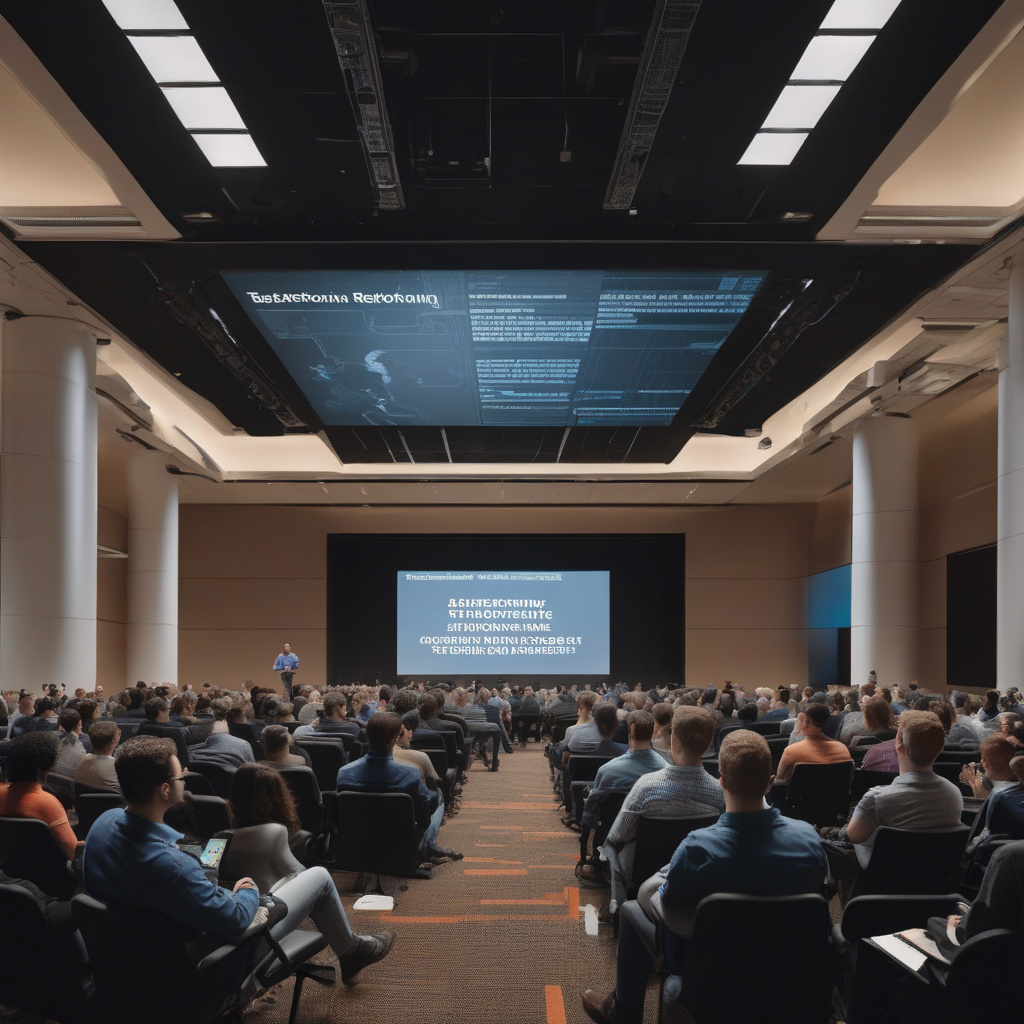Refactoring Stubborn, Legacy Codebases: Unleashing the Power of Modernization
Legacy code can often feel like a weight dragging down development teams. It’s the old, stubborn codebase that seems resistant to change, slowing down progress and introducing bugs with every tweak. However, it doesn’t have to be this way. In a recent presentation by Jake Zimmerman and Getty Ritter from Stripe, a successful approach to refactoring stubborn Ruby monoliths was unveiled.
One key aspect highlighted in the presentation is the concept of centralizing migrations with a “point of leverage.” This involves identifying a critical area within the codebase where making changes can have a cascading effect, improving modularity and reducing technical debt. For example, integrating tools like Sorbet for type checking can serve as this pivotal point, enabling developers to make more informed and impactful refactoring decisions.
Moreover, Zimmerman and Ritter introduced the idea of “good ratchets” as essential tools for refactoring legacy codebases. These ratchets act as local, incremental, and actionable progress enforcers, ensuring that changes are made systematically and steadily. By breaking down the refactoring process into manageable steps, developers can maintain momentum and prevent overwhelming challenges that often accompany large-scale code transformations.
One of the most valuable takeaways from the presentation is the emphasis on improving developer experience, code quality, and maintainability throughout the refactoring journey. By prioritizing these aspects, teams can not only make the codebase more efficient but also create a more conducive environment for continuous improvement and innovation.
In practical terms, this means investing in tools and processes that streamline development workflows, enhance code reviews, and automate testing procedures. By fostering a culture of continuous learning and adaptation, organizations can empower their teams to tackle even the most entrenched legacy codebases with confidence and efficiency.
Refactoring stubborn, legacy codebases is not just about cleaning up outdated code—it’s about revitalizing the foundation of your software to support future growth and innovation. By following the strategies shared by Zimmerman and Ritter, development teams can navigate the complexities of legacy systems with clarity and purpose, unlocking the full potential of their codebase.
In conclusion, the journey of refactoring legacy code is indeed challenging, but with the right approach and mindset, it can lead to transformative results for both the codebase and the development team. As we continue to push the boundaries of technology, it’s essential to remember that even the most stubborn code can be reshaped and optimized for the ever-evolving digital landscape.
So, embrace the opportunity to refactor, revamp, and rejuvenate your legacy codebase—it’s a crucial step towards building a more resilient and adaptable software ecosystem.

